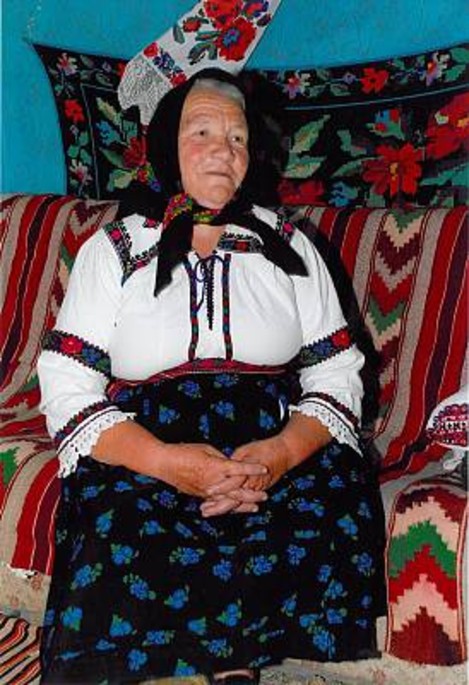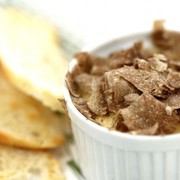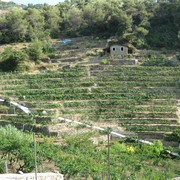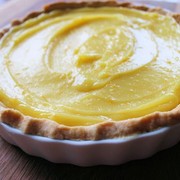The Unesco’s World Heritage site dedicated to the Romanian doina a movie about thirteen minutes, but the discussion on the traditional Romanian song is much more extensive and, to explain in a few words what a doina means, often you’re going to minimize the essence of this song.
First of all, the doina is a traditional Romanian and it has various names depending on the region from which it comes: cântec, doină, horă, etc. It’s a lyric song, solemn and spontaneous improvisation, about deep fears of human nature: joy, sadness, nostalgia, love, loneliness, war, the passage of time and aging.
In the folklore heritage, doina is similar to the elegy from the classical literature. Like any folklore product, doina is transmitted orally from father to son, the author is always anonymous and every interpreter improves the text, adding or changing the lyrics.
Because it combines lyrics with music, doina has a syncretic character, too. Using the lyrics in the first-person intensified the lyricism and the autobiographical character of doina, and some variants are very close to the erotic curse.
Doina can be performed in any place, by one person, with or without musical accompaniment. Taking into account that it is a profound song, the performer has to be talented in order to conquer the listeners.
Depending on the region from which it comes, the ballads have local peculiarities: in Maramures is known as doina performed with ,,knots", in Oltenia includes "hăulitul", and " sigh" are used in Bucharest.
When is not sung spontaneously, the doina is performed in the theatrical representation, characteristic for the mass-media. In the world of the performers of traditional music, succeed in singing the doina is one of the most difficult tests.
Doine to listen: http://www.unesco.org/culture/ich/RL/00192
Bibliography
Ioan Viorel Boldureanu, Folcloristică și etnologie, Timisoara, Editura Mirton, 2003 http://www.unesco.org/culture/ich/RL/00192
Photo: www.unesco.org















